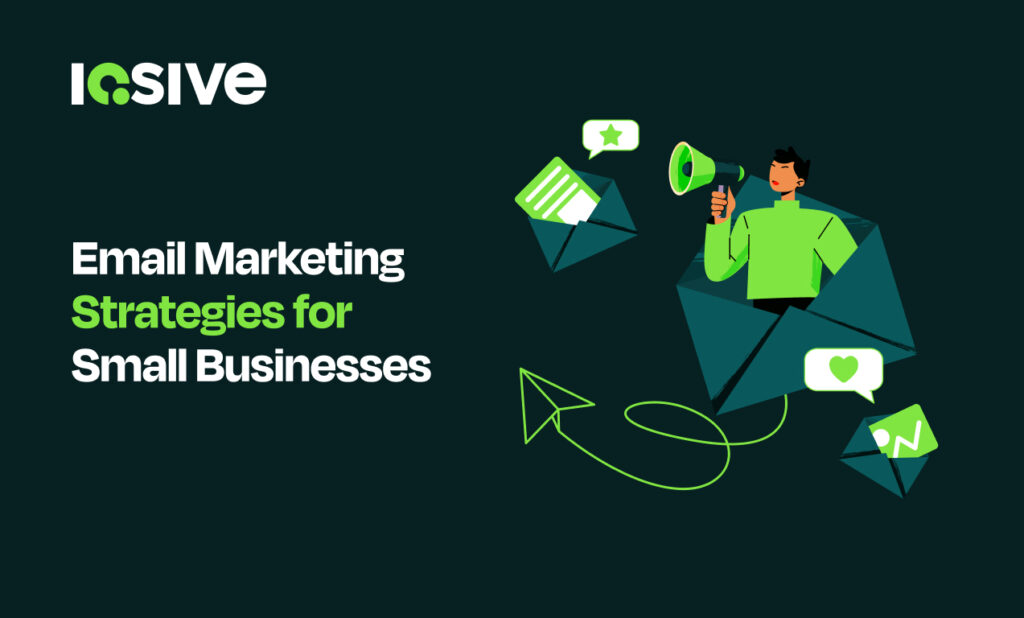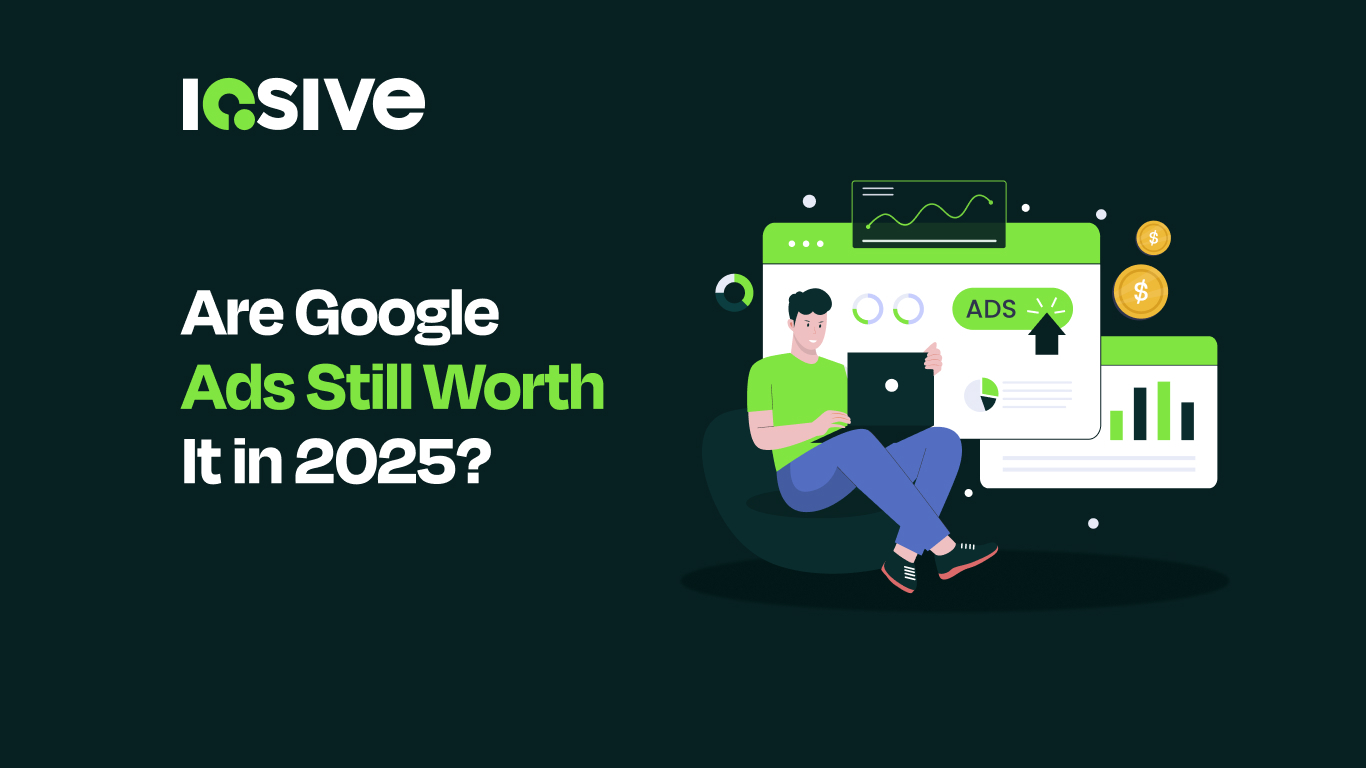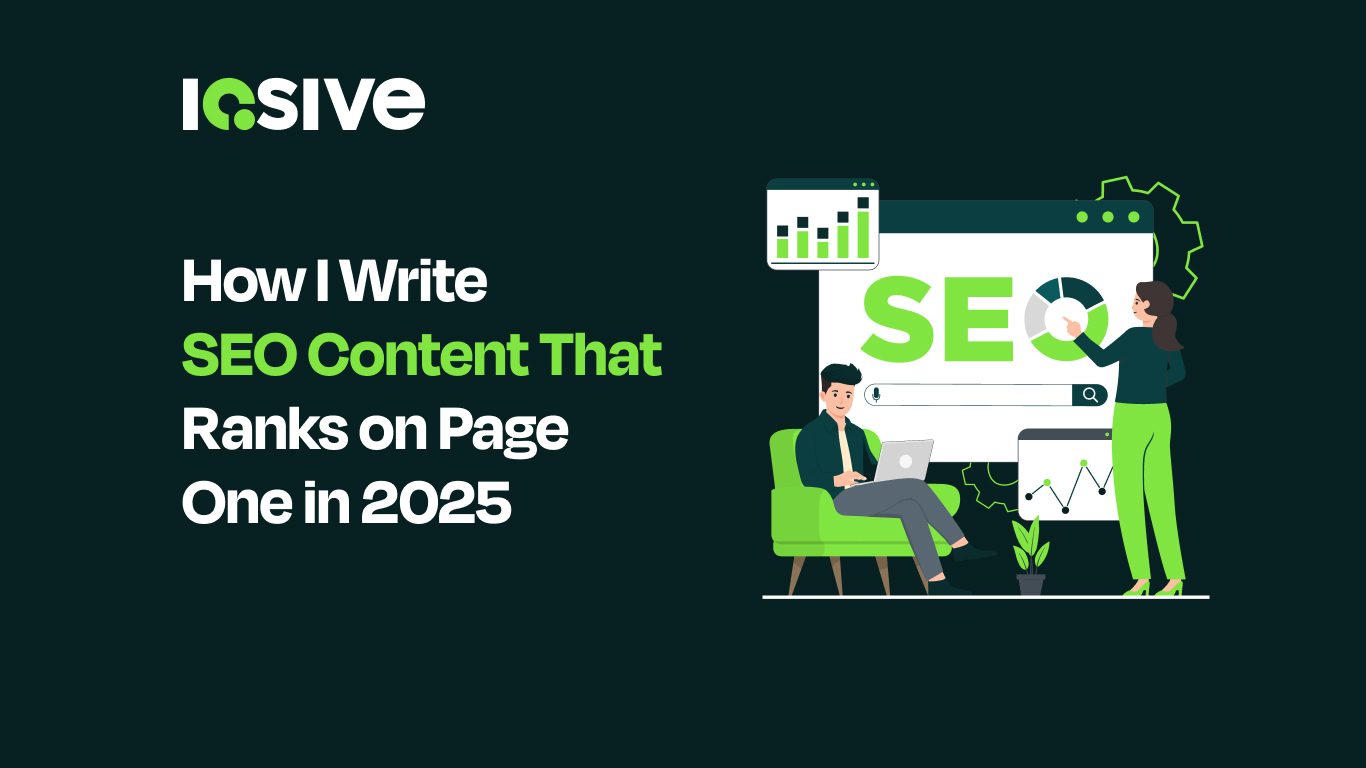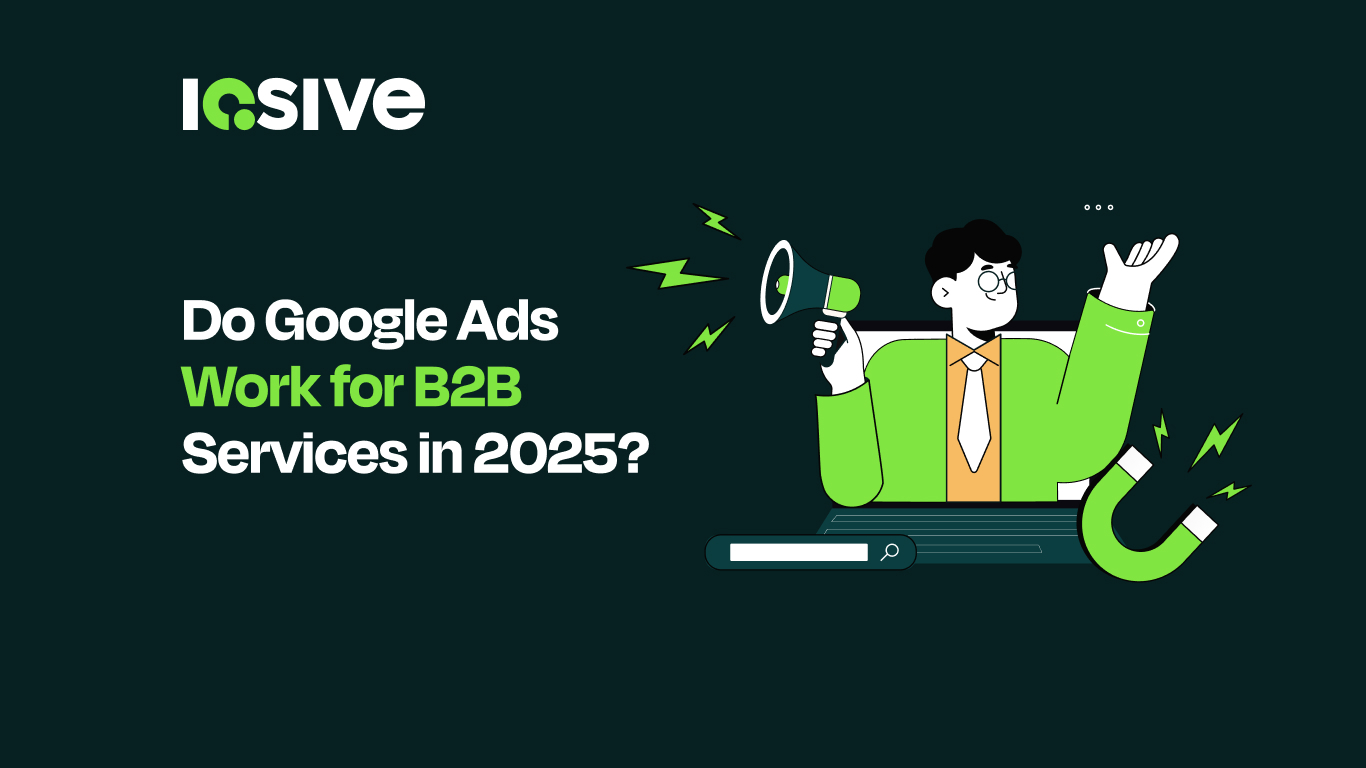In 2025, small businesses are under more pressure than ever to achieve measurable marketing results without bloated budgets. With rising ad costs and algorithm shifts disrupting organic reach, email marketing remains one of the most reliable, cost-effective, and high-ROI channels. However, making email work with limited time, resources, or a small list requires a strategy that’s lean, smart, and built for the realities of today’s digital environment. This guide outlines proven email marketing tactics tailored to small businesses, with a focus on sustainable ROI and user-first practices.
Why Email Marketing Still Delivers High ROI in 2025
Email vs. Paid Social and SEO: ROI Comparison
Email continues to outperform other digital channels in ROI. According to Litmus’ 2024 State of Email report, every $1 invested in email yields an average return of $42, a number that has remained relatively stable over the last five years. Compare that to paid social, where rising CPMs and privacy regulations have driven down returns, and SEO, which often requires months to see traction. For small businesses with constrained budgets, email delivers measurable impact quickly and affordably.
Key Metrics That Prove Email’s Effectiveness
Open rates, click-through rates (CTR), conversion rates, and subscriber growth are among the most telling indicators of email marketing performance. In 2025, open rates average 35 to 45% for well-segmented small business lists, and CTRs of 4 to 7% are common for targeted campaigns. When tracked consistently, these metrics offer clear insights into what drives user action, allowing continual refinement of strategy without high spend.
Building a Cost-Effective Email List from Scratch
Zero-budget List Building Tactics for Small Brands
You don’t need a large ad budget to build a high-quality list. Start by turning your website into a lead-generating machine: offer value-driven pop-ups, exit-intent forms, and email opt-ins embedded in content. Promote your newsletter on your Google Business Profile, in your email signature, and via free social platforms. Small partnerships (e.g., cross-promotions with complementary businesses) can also expose you to warm audiences without cost.
Lead Magnets That Convert Without Ad Spen
Effective lead magnets don’t have to be complex. In fact, the simpler the better, especially if it addresses a core customer need. Free checklists, exclusive discount codes, or a short “how-to” PDF tailored to your niche can significantly improve opt-in rates. The key is offering something specific and actionable, not generic.
Ethical Ways to Grow Your List Without Spam
Never purchase email lists. These are low-quality, risk deliverability issues, and often violate privacy laws. Instead, use double opt-ins, transparency, and clear unsubscribe options to build trust from the start. Respecting consent not only improves engagement, it safeguards your sender reputation over the long term.
Crafting Emails That Actually Get Opened and Clicked
2025 Subject Line Trends That Boost Open Rates
Subject lines in 2025 are shorter, more conversational, and increasingly personalized. Emojis still have a place, but only when used sparingly. High-performing subject lines tend to tease a benefit, spark curiosity, or offer a clear value (e.g., “3 Free Tools Every Local Business Should Use”). Avoid clickbait or vague headlines, as users have less tolerance for misleading content.
How to Write Copy That Drives Action
Effective email copy speaks directly to one person not an audience. Use second-person language (“you,” “your”), short paragraphs, and clear CTAs. Lead with a problem, reinforce the benefit, and give the reader one next step. Avoid jargon and overused templates; authenticity outperforms polish.
The Best Times and Frequencies to Send Emails
The “best” time varies by industry, but mid-morning (9 to 11 a.m.) on weekdays continues to perform well. Frequency depends on your content value and audience expectations. For most small businesses, one to two emails per week is the sweet spot. Too frequent and engagement drops; too infrequent and you risk becoming forgettable.
Automation on a Budget: Smart Workflows for Small Teams
Affordable Tools for Email Automation in 2025
Tools like MailerLite, Moosend, and Brevo (formerly Sendinblue) offer powerful automation features at low or no cost for small lists. These platforms include drag-and-drop builders, segmentation, and real-time analytics, making them ideal for businesses looking to scale without hiring dedicated marketers.
Essential Automation Sequences for Conversions
Every small business should have at least these three automation sequences:
- Welcome Series: Converts new subscribers into first-time buyers.
- Cart Abandonment Emails: Especially effective for e-commerce.
- Post-Purchase Nurture: Turns one-time buyers into repeat customers.
Using AI in Email Without Making It Obvious
AI can help brainstorm subject lines, optimize send times, and A/B test content. However, avoid overly robotic copy. Human oversight is essential,especially when personalization is involved. Use AI to enhance efficiency, not replace authentic messaging.
Segmentation Strategies That Drive Engagement
How to Segment with Limited Data
Even if you don’t have full CRM data, start with behavior-based segmentation. For instance:
- Recent purchasers
- Non-buyers who’ve opened 3+ emails
- Subscribers who clicked on specific product categories
These segments allow you to tailor messaging without overwhelming complexity.
Personalized Email Campaigns That Don’t Feel Creepy
Personalization isn’t just about using someone’s name; it’s about relevance. Recommend products based on past purchases, send reminders based on activity, or tailor content by geography. Always give users control over their preferences and frequency.
Email Design Best Practices for Mobile-First Audiences
Layouts That Convert on Phones
Use a single-column layout, large tappable buttons, and 16px or larger fonts for mobile readability. Keep headlines short and prioritize above-the-fold content. Mobile-first design isn’t optional; it’s the expectation.
Plain Text vs. HTML in 2025: What Works Best
While HTML emails are great for branding, plain text (or hybrid “light HTML”) often sees higher deliverability and engagement. The choice depends on your audience. Test both formats, but always prioritize clarity over aesthetics.
Low-Cost Testing and Optimization Tactics
A/B Testing Ideas You Can Run Without Fancy Tools
Simple A/B tests, like changing subject lines, CTA buttons, or send times, can be run even with basic email platforms. Always test one variable at a time. Collect data over time to build statistically significant insights.
Tracking What Matters: Metrics That Inform Action
Don’t just track opens and clicks. Monitor conversion rates, revenue per email, and unsubscribe rates. These give you actionable insight into content quality and audience alignment, helping you refine future campaigns without wasting time or money.
Common Pitfalls to Avoid in Small Business Email Marketing
Over-automation and Subscriber Fatigue
Just because you can automate everything doesn’t mean you should. Too many automated emails can overwhelm subscribers and lead to unsubscribes. Quality and timing matter more than quantity.
Ignoring List Hygiene and Deliverability
Regularly remove inactive subscribers, monitor bounce rates, and avoid spammy language. Tools like MailerCheck or NeverBounce can help clean your list. Healthy deliverability is non-negotiable for long-term email success.
Real-World Examples: Small Businesses Winning with Email
Case Study 1: Local Service Business with 3X ROI
A home cleaning company in Austin, TX used a weekly email newsletter with helpful home care tips and exclusive offers. Within three months, they grew bookings by 36% and achieved 3X ROI on email without using paid ads.
Case Study 2: E-commerce Store Using Smart Segmentatio
A niche T-shirt brand segmented their list by buyer interest (e.g., retro vs. minimalist designs). By tailoring product launches to specific segments, they boosted click-through rates by 70% and saw a 28% increase in repeat purchases over six months.
Final Tips to Sustain Long-Term Email ROI
Balancing Promotion with Value
Not every email should sell. Educate, entertain, or inspire your audience. The best brands follow a “give 3, ask 1” ratio: three value-driven emails for every promotional one.
Staying Compliant with Global Privacy Laws
Laws like GDPR, CAN-SPAM, and the CCPA are strict about consent and data handling. Always use clear opt-ins, provide unsubscribe links, and honor data requests promptly. Compliance builds trust and avoids legal risk.
FAQs:
Q1: What is the best email marketing platform for small businesses in 2025?
MailerLite, ConvertKit, and Brevo are strong choices in 2025 due to affordability, automation, and ease of use.
Q2: How can I build an email list without spending money on ads?
Use website opt-ins, lead magnets, social cross-promotions, and collaborations with complementary businesses.
Q3: Are email open rates still reliable in 2025?
Yes, especially when using verified lists and relevant subject lines. Open rate inflation is less of a concern with Apple Mail privacy changes stabilized.
Q4: How often should a small business send marketing emails?
Once or twice a week is ideal for most businesses. The key is consistency and providing real value.
Q5: Can email marketing work for local, service-based businesses?
Absolutely. Local businesses can use email to offer seasonal promotions, schedule reminders, and build customer loyalty.
Q6: What’s the ROI of email marketing compared to social media?
Email consistently outperforms social in ROI, offering $40+ return per dollar spent, while social returns vary widely and are less predictable.
Q7: How do I avoid spam filters when sending bulk emails?
Avoid spammy keywords, maintain a clean list, authenticate your domain, and follow proper email formatting practices.
Q8: What kind of subject lines get the highest open rates now?
Short, benefit-driven, personalized subject lines work best. Curiosity or urgency can also drive opens when used sparingly.
Q9: Is email automation worth it for businesses with small teams?
Yes,when implemented strategically. Even one or two well-built sequences can save time and increase sales.
Q10: How do I keep my email list clean and engaged over time?
Regularly remove inactive users, offer re-engagement campaigns, and consistently deliver relevant, high-value content.












